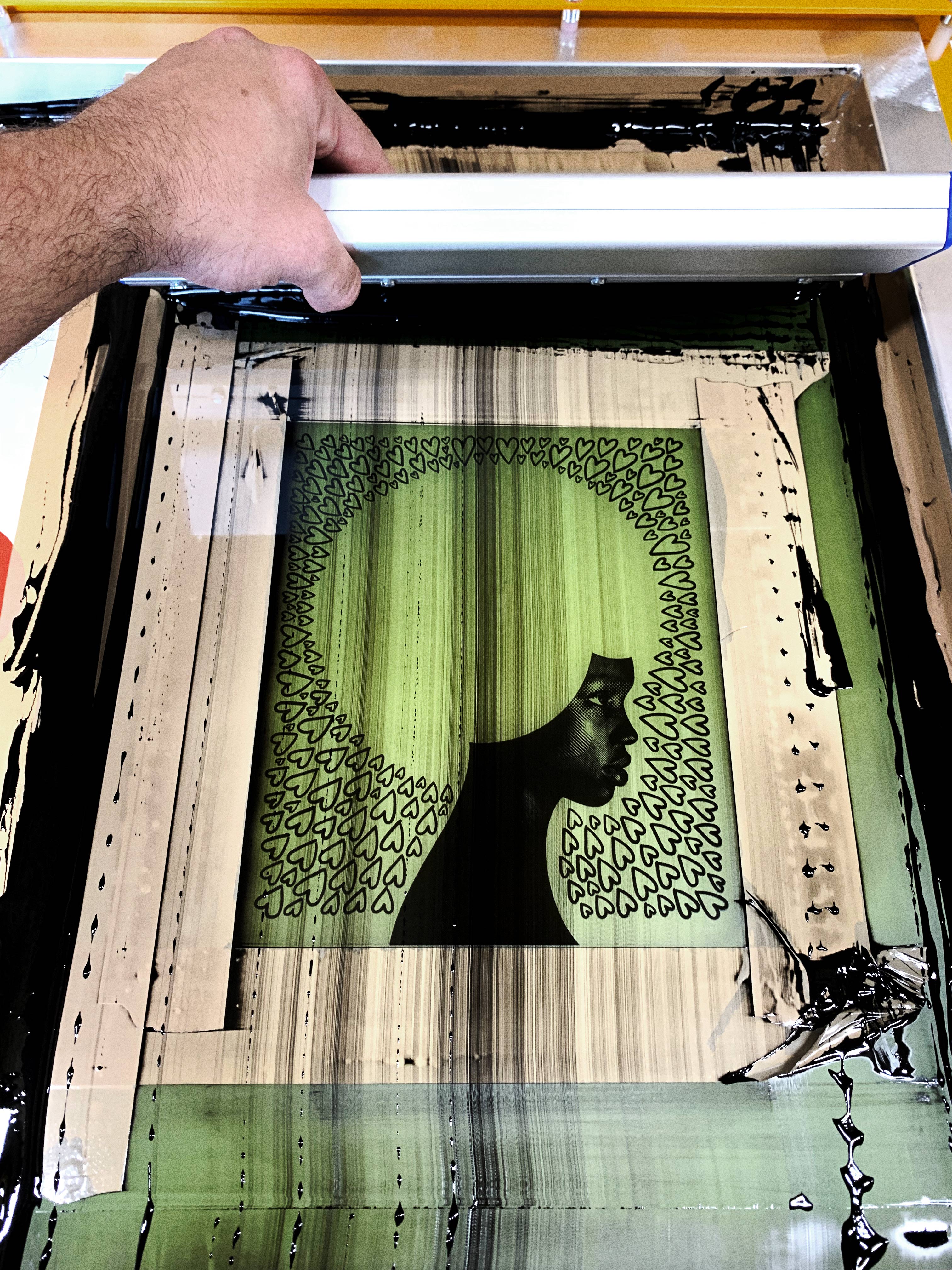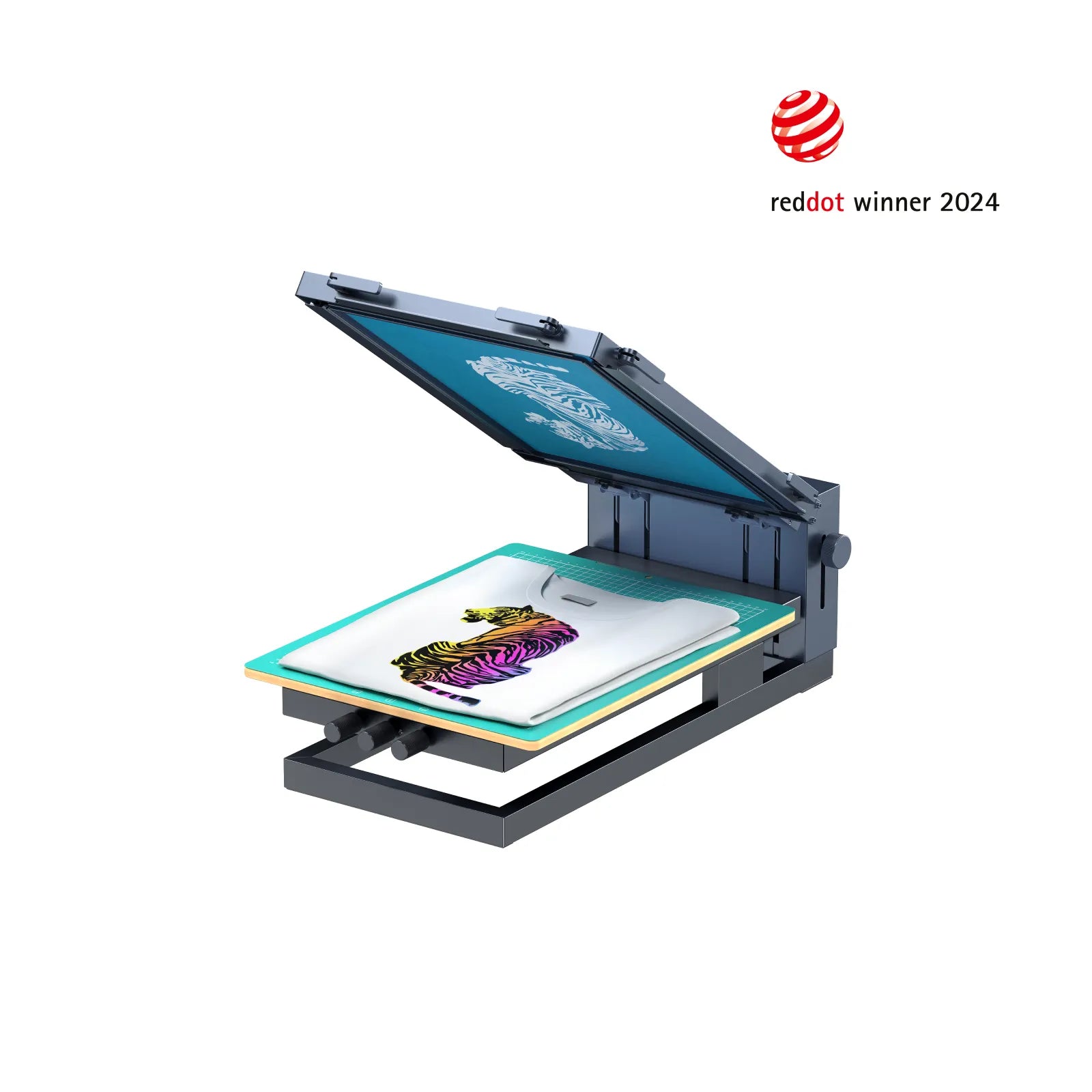ChatGPT said: Inside look at 10:9 Design LLC Company screen printing process
Wiki Article
The Necessary Guide to Comprehending Screen Printing and Its Versatile Utilizes
Screen printing has a rich background that dates back to ancient times, evolving into an innovative technique made use of across different markets today. This guide checks out the details of the screen printing process, describing its applications in home, style, and advertising and marketing design - 10:9 Design reviews. Comprehending these basics can open creative capacity for both artistic and commercial projects. The adhering to sections will certainly reveal necessary suggestions and methods to improve one's screen printing venturesThe History of Screen Printing
Screen printing has roots that trace back centuries, its development reflects the imaginative and technological advancements of various cultures. Originating in old China, the strategy was at first made use of for decorating textiles and later infect Japan, where it became important to Ukiyo-e woodblock printing. The approach changed to Europe in the 18th century, where it gained popularity amongst craftsmens and commercial printers. The development of photo emulsion in the 20th century changed screen printing, permitting even more detailed layouts and greater performance. Musicians like Andy Warhol even more moved its popularity, using the medium to create iconic works that combined commercialism and great art. By the late 20th century, screen printing had actually developed itself as a flexible technique, utilized in fashion, advertising and marketing, and art. Today, it continues to advance, incorporating digital innovation and broadening its applications across different industries.The Screen Printing Refine Explained
Screen printing transforms artistic visions into concrete layouts via a collection of specific steps. Originally, a picture is produced and afterwards transferred onto a screen, typically made from great mesh textile extended over a frame. A light-sensitive solution is put on the screen, which is subjected to light, setting in locations not covered by the picture. After cleaning out the unhardened solution, a stencil is formed.Next off, the screen is placed over the substrate, whether it be material, paper, or an additional product. Ink is after that pressed with the open areas of the pattern making use of a squeegee, transferring the design onto the substrate listed below. This process can be repeated for multiple shades, requiring separate screens for each and every tone. The printed item is cured utilizing warmth to assure the ink sticks correctly, resulting in a resilient, vibrant layout prepared for use.
Kinds Of Screen Printing Techniques

In addition, specialized methods, such as discharge screen printing, get rid of dye from the textile to produce softer prints, while foil screen printing applies metallic aluminum foil to accomplish a glossy surface (10:9 Design contact). Each method uses distinct qualities, providing to numerous imaginative needs and manufacturing scales, eventually broadening the opportunities within the screen printing domain
Applications of Screen Printing in Numerous Industries

In addition, the signage and advertising and marketing markets make use of screen printing for developing distinctive displays and banners. This approach enables bold colors and intricate designs that catch focus. In electronics, screen printing is employed for using conductive inks to circuit boards, essential for component connections. The home decoration market welcomes screen printing to produce distinct layouts on fabrics and wall surface art. Overall, screen printing acts as a critical tool throughout diverse areas, improving items with personalized and visually enticing graphics.
Tips for Successful Screen Printing Projects
While taking on a screen printing project, mindful attention to information can substantially improve the final outcome. Picking premium materials is vital; this consists of the screen, inks, and substrates. Utilizing suitable mesh counts can impact ink deposition and information resolution. Prep work is similarly vital; extensive cleansing of screens and appropriate exposure times ensure crisp prints.Next off, accurate registration is crucial for multi-color prints. Utilizing positioning devices can help achieve exact layering. Additionally, testing prints on scrap products prior to production helps recognize possible concerns without squandering resources.

Often Asked Questions
What Products Are Finest for Screen Printing on Fabric?
Cotton and polyester blends are excellent for screen printing on textile due to their toughness and ink absorption. In addition, specialty textiles like silk or canvas can produce distinct appearances and surfaces, boosting the general style top quality.Exactly how Do I Clean and Maintain Screen Printing Devices?
To keep and clean up screen printing devices, one must click here frequently clean screens with ideal solvents, evaluate squeegees for wear, lubricate relocating components, and store all products in a completely dry, dust-free atmosphere to prolong their life expectancy.What Are the Environmental Impacts of Screen Printing?
Screen printing can have significant ecological effects, including chemical waste from solvents and inks, water use throughout cleaning procedures, and power intake. Eco-friendly products and sustainable practices are important for minimizing these unfavorable effects.Can Screen Printing Be Done in your home Successfully?
Screen printing can be effectively done at home with the appropriate materials and methods. Hobbyists can create quality prints, though success depends upon their skill degree, equipment, and understanding of the procedure included.
What Are the Costs Connected With Beginning a Screen Printing Business?

Beginning a screen printing service entails costs for devices, products, and office. Preliminary costs typically range from a few hundred to several thousand dollars, relying on the range, top quality of machinery, and preferred manufacturing capacity.
Screen printing has a rich history that dates back to old times, evolving into an advanced strategy made use of across various sectors today. Another method, rotating screen printing, uses round displays, facilitating continual printing on material rolls, thereby enhancing efficiency for large-scale manufacturings. Additionally, specialized methods, such as discharge screen printing, remove color from the fabric to produce softer prints, while foil screen printing applies metal foil to achieve a glossy surface. In the style sector, screen printing is commonly made use of to produce dynamic designs on garments, enabling brands to display their special designs. Cotton and polyester blends are optimal for screen printing on material due to their longevity and ink absorption.
Report this wiki page